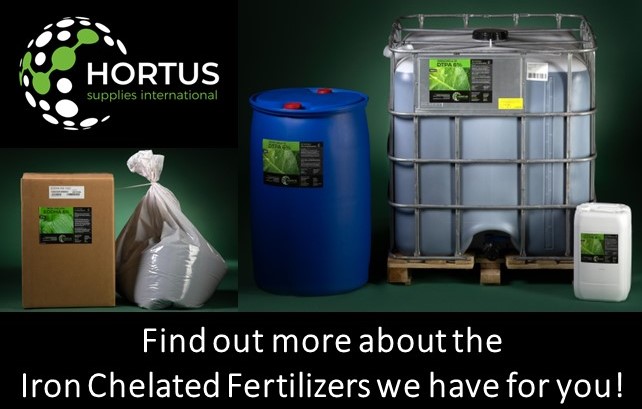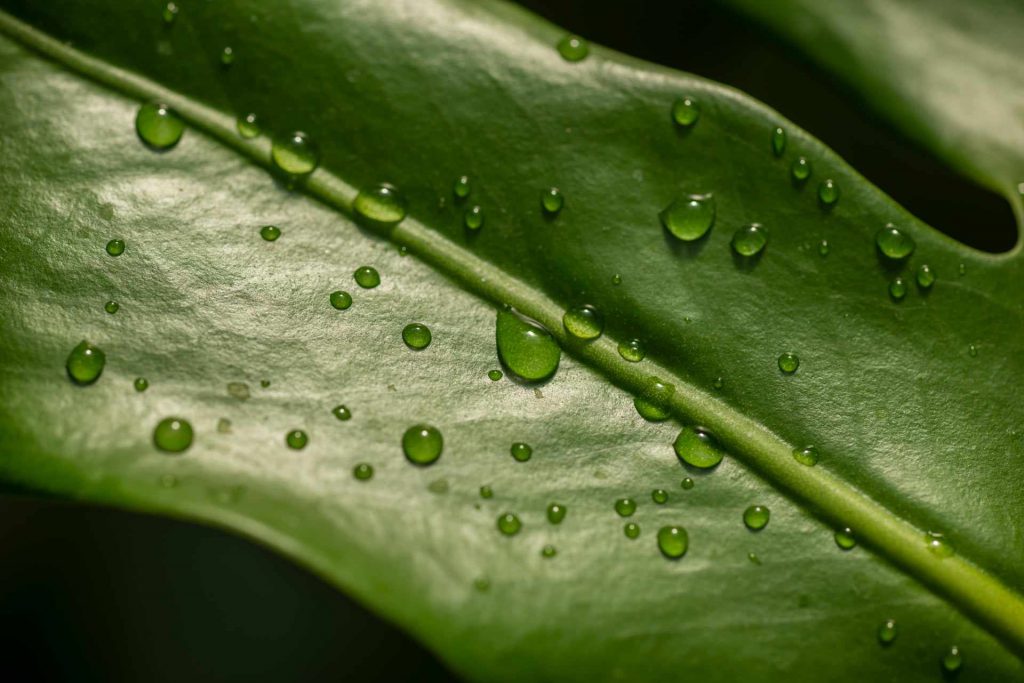
Wat is het beste ijzerchelaat voor jouw gewas?
Gebruik je het juiste type ijzerchelaat? In dit artikel praten we met Nico van der Spek van Hortus Supplies International over de ins-en-outs van ijzerchelaten. Welke verschillende soorten ijzerchelaat worden er aangeboden en hoe kun je de juiste keuze maken? Aan het einde van dit artikel komt Nico met een geweldige tip waarmee je flink op de kosten kunt besparen.
IJzer in chelaatvorm is een essentieel onderdeel van het voedingsschema van bijna elke kweker. Maar niet elke kweker gebruikt het juiste type ijzerchelaat. Gebruik je een vloeibaar ijzerchelaat of liever een vaste vorm? Welke concentratie gebruik je? We praten met expert Nico van der Spek over het kiezen van het juiste ijzerchelaat voor jouw gewas en jouw bedrijf.
"IJzerchelaat is bij veel telers bekend, maar toch valt er vaak nog veel winst te behalen. Zo zijn er telers die nog steeds ironsulfaat strooien, goedkoop, maar de plant heeft moeite om het op te nemen. Hierdoor blijft het effect beperkt en kan er ijzertekort ontstaan. Juist de chelaatvormen zorgen voor een goede opname en dat is wat wij onze klanten adviseren te gebruiken."

Kies het beste ijzer in chelaatvorm
Welk chelaat je het beste kunt gebruiken, wordt voornamelijk bepaald door het type kweek. De pH van de grond of het substraat bepaalt welk chelaat je moet gebruiken; een te hoge PH-waarde betekent dat het chelaat het ijzer niet kan vasthouden. Substraat heeft een lagere pH (7 tot 8) dan volle grond, waardoor je een andere chelaatvorm kiest, bijvoorbeeld DTPA. Voor open veld heeft een HEEDTA, EDDH(M)A of zelfs HBED dan de voorkeur. Meestal wordt een combinatie van DTPA 6% ijzer en EDDHA 6% ijzer gebruikt. Het gechelateerde DTPA bevat weinig natrium. En dat is weer gunstig voor de plantengroei.
Wil je gratis advies op maat? Vertel ons hieronder meer over je situatie en je krijgt snel antwoord.
Nico vertelt over een geweldige veldervaring:
"Een van onze klanten, een paprikateler, kweekt op substraat en ik weet dat hij vloeibaar ijzer moet gebruiken, DTPA 6%. Dit is een chelaatvorm die tot een pH van 7 gaat. Daarnaast gebruikt hij een beetje EDDHA, wat een vaste vorm van ijzer is die we ook wel rood ijzer noemen, die tot een pH van 12 gaat. Op deze manier zorgt hij ervoor dat als hij pH-pieken heeft, het gewas nog steeds ijzer kan opnemen. Natuurlijk is zijn voedingsrecept hier helemaal op afgestemd en voegt hij dit gewoon toe aan zijn bemestingsprogramma."
Transportkosten
Transportkosten zijn volgens Nico nog een goede reden om je keuze voor een ijzerchelaat in deze tijd te heroverwegen:
"Zeker in deze tijd, waarin we willen besparen op transportkosten en de impact van transport op het milieu, kan het lonen om nog eens naar je ijzerchelaat te kijken. Een hogere concentratie ijzerchelaat, in vloeibare of vaste vorm, is een goede manier om te besparen op transportkosten. Een hoge stabiliteit van het chelaat zorgt er ook voor dat er minder neerslag plaatsvindt in de bemestingstank. Dit onderwerp vereist iets meer denkwerk en uitleg bij het gebruik ervan, maar het kan de teler geld besparen. Ons team vertelt je graag meer over de mogelijkheden en implicaties."
Kortom, genoeg reden om eens contact op te nemen met Hortus en uw keuze voor ijzerchelaat te bespreken. Ons team kan u als kweker voorzien van een advies waar u daadwerkelijk iets mee kunt.


